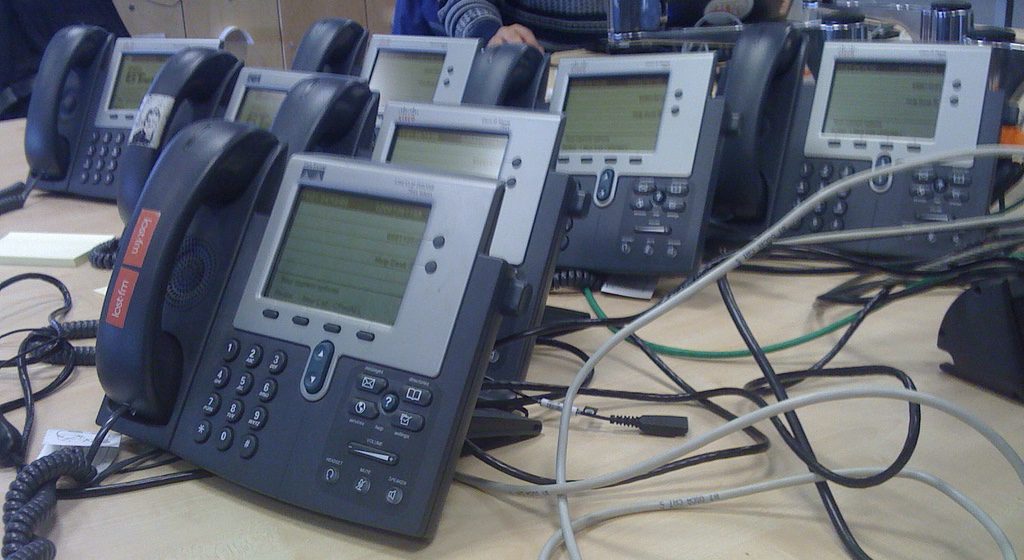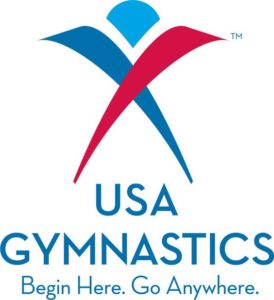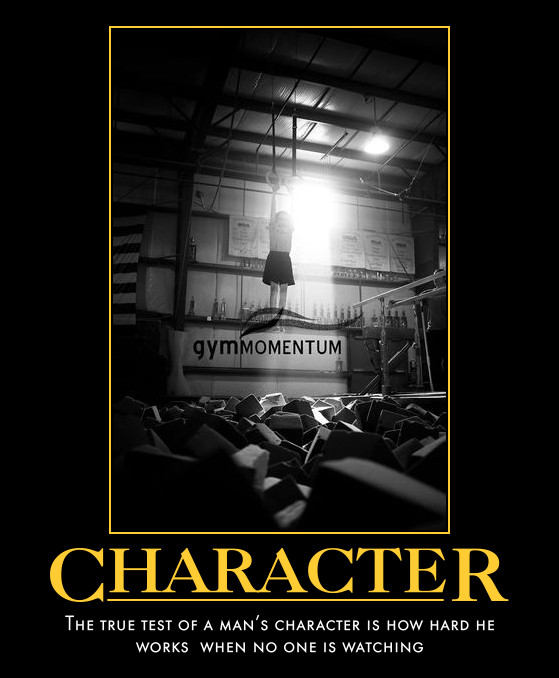I’ve had this reoccurring dream/nightmare where I take the job as CEO/President of USA gymnastics.
It is my first day, I go into the office there is one desk with 11 phones on it I and must do EVERYTHING! Membership, Marketing, Sanctions, Events, Rules and Policies, Safety and Education for ALL DISCIPLINES.
I usually wake up in a sweat, chuckle, take a deep breath and try to fall back a sleep.
The reality of USA Gymnastics is that there are some great people in the National Office. There are some great people on the Board of Directors and some great volunteers in all States, Regions and disciplines through out the country. It takes everyone to keep the ship sailing.
What do all these people have in common? They have answered a call to serve. They have a sense of duty and they may feel it a moral obligation to help the sport they love.
I have been involved in gymnastics my entire life. As a competitor, a coach, a club owner, an educator and an administrator. I have seen USA Gymnastics grow. I have seen mistakes and missteps and I have seen major victories.
It seems like every other social media post or news article is something knocking USA Gymnastics. An organization and a sport which I love. I do not think that there is ONE PERSON at USA Gymnastics or in the entire gymnastics community who thinks that we should continue status quo. Of course there needs to be changes. Real and significant changes have already happened. The next CEO/President will need to continue to make the sport safe for all participants while continuing to excel at the international level. As well as addressing issues where some programs under perform.
I do not think it is a stretch of the imagination to think that if, after the 2020 Olympics, the USA does not do well many people will be calling for changes from the top down. Fondly remembering the days when Marta was national team coordinator and Steve Penny was CEO.
We need to be careful we do not overcorrect. In March I wrote, It’s Time To Move Forward, I preached patience and planning. We need to remember what USA Gymnastics stands for. What is it’s purpose.
WHAT WE STAND FOR.
I believe we, in the gymnastic community, share common goals for GYMNASTICS and USA Gymnastics. We are about creating not destroying. We are about making those around us better.
- once again become the countries premier NGB in Safety and Education
- Increased enrollment in our gyms.
- Access to educational resources that will make each of us better coaches.
- Access to information to help us spot and stop abuse.
- Increased visibility of our sport at all levels. NCAA, JO, etc.
and of course- - Continued victories at the international level through all disciplines.
Answer that call to serve when it comes. Get off the sidelines.
And make sure you THANK those who do.







 This is a live, six-hour, hands-on training course designed for school age, pre-team and Level 1-4 coaches. This is a NEW course developed for pre team, level 1-4 coaches and even school age recreational coaches. Course topics include warm ups, conditioning, lesson planning, hands on spotting and lecture for all Olympic events. This is a great hands on experience of drills and skill progression with instructors demonstrating practical examples of coaching level 1-4 gymnastics
This is a live, six-hour, hands-on training course designed for school age, pre-team and Level 1-4 coaches. This is a NEW course developed for pre team, level 1-4 coaches and even school age recreational coaches. Course topics include warm ups, conditioning, lesson planning, hands on spotting and lecture for all Olympic events. This is a great hands on experience of drills and skill progression with instructors demonstrating practical examples of coaching level 1-4 gymnastics